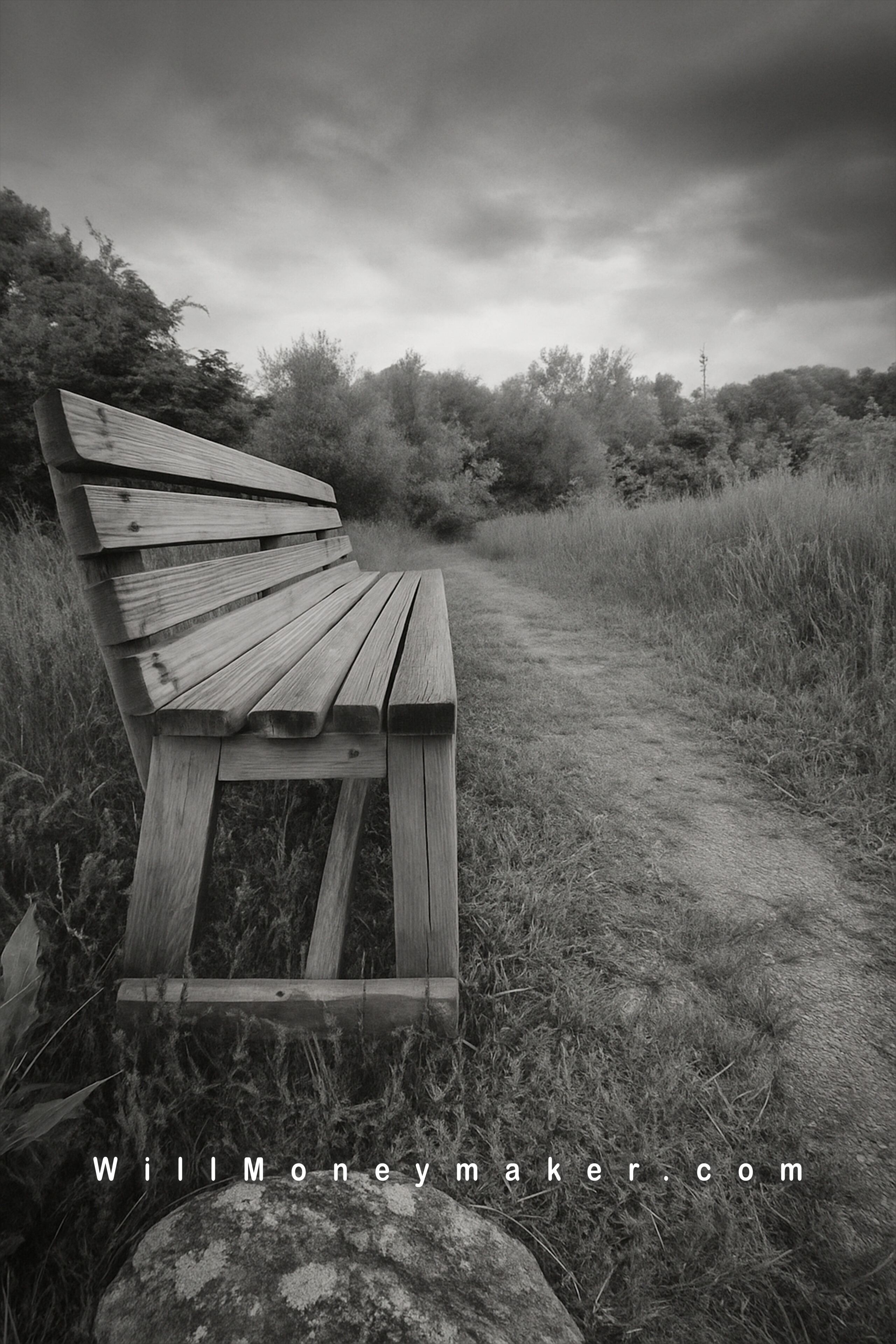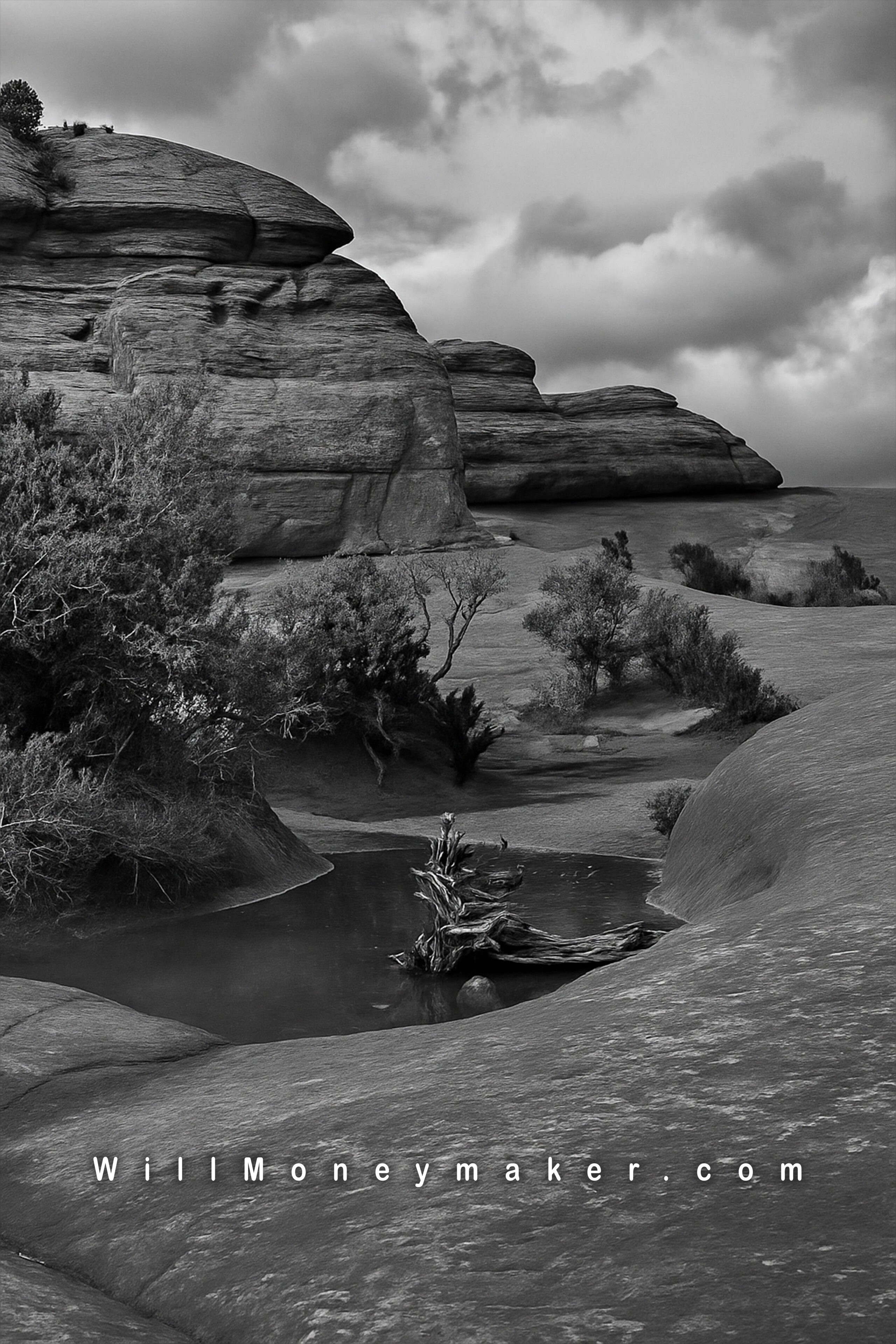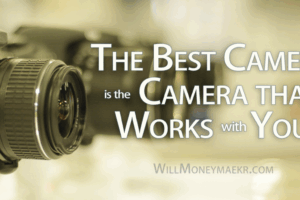If you’ve never heard of “sunk cost fallacy,” I’ll take this opportunity to explain it. It’s a phenomenon that happens when you’ve invested in something so that you’re unwilling to stop pursuing that thing. Among gamblers, the idea is that if they keep betting another few bucks, eventually, they’ll win. They’ve sunk too much into their evening of gambling to walk away without a win.
Sunk cost fallacy isn’t just about gambling, though. It rears its head everywhere. You’ll see it in someone unwilling to sell a car they’ve invested a lot into because they won’t recoup the value. You’ll see it in managers who refuse to give up on a system that just isn’t working for the company, but they keep pursuing it because they’ve sunk time and money into that system and feel they can’t turn back now.
You’ll see it happen among photographers—and it’s a dangerous thing that can hold us back for as long as we’re mired. The problem with sunk cost fallacy is that it places you in a mindset where you continue to do something that isn’t working. Often, that has far greater costs than finding a new way to do things.
So, where do we find the sunk cost fallacy in photography? The easiest example to spot is purchasing an expensive camera system that doesn’t work for you. Maybe you’ve purchased a full-frame camera system, for instance, but you don’t take it out all that much because it’s just too big. You can’t stuff this monster of a camera and all of its lenses into a purse or a day bag so that you can create photographs while you’re running errands. Yet, because you’ve spent so much money on it, you loathe to sell it at a loss, then turn around and spend more money on a micro 4/3 system that would fit better into your life and plans.
As you can see, it turns into a sticky situation. You’re not creating as many photographs as possible because the camera is getting in your way. You likely feel guilty for spending all that money on it, and potentially losing money on a resale. So you do nothing, and as the camera sits on the shelf, it continues to lose value with age, and you continue not creating photographs because you’re caught in the trap of sunk cost fallacy.
It happens when people purchase things like fisheye lenses or tilt-shift lenses. These are things that, for most of us, have minimal use case scenarios. Yet, after buying them, we find ourselves guilty when they spend most of their time ignored in the furthest corner of the camera bag. So, we force ourselves to take them out as often as possible, and we spend all kinds of time trying to invent uses for them—to force photography to happen—when really, that time could be better served to create the art that comes naturally.
Sunk cost fallacy can also pop up outside of equipment or software purchases. It can happen when you find yourself stuck in a project going nowhere. You’ve already sunk a high cost into that project—lots of time and effort to bring it to where it is today. But for whatever reason, you’ve hit a wall with it. Instead of moving on to a new project, you find yourself spinning your wheels on the original one, sinking more time and effort into something that just isn’t happening. What is the better alternative in this type of scenario? Set the project aside and do what feels right. You’ll come back to that old project someday. Likely, you need a nice long break from it, some fresh perspective, and time to generate new inspiration and ideas. In the meantime, sink your investment into something that bears fruit.
Now go and enjoy the beauty of God’s creation through your lens.





